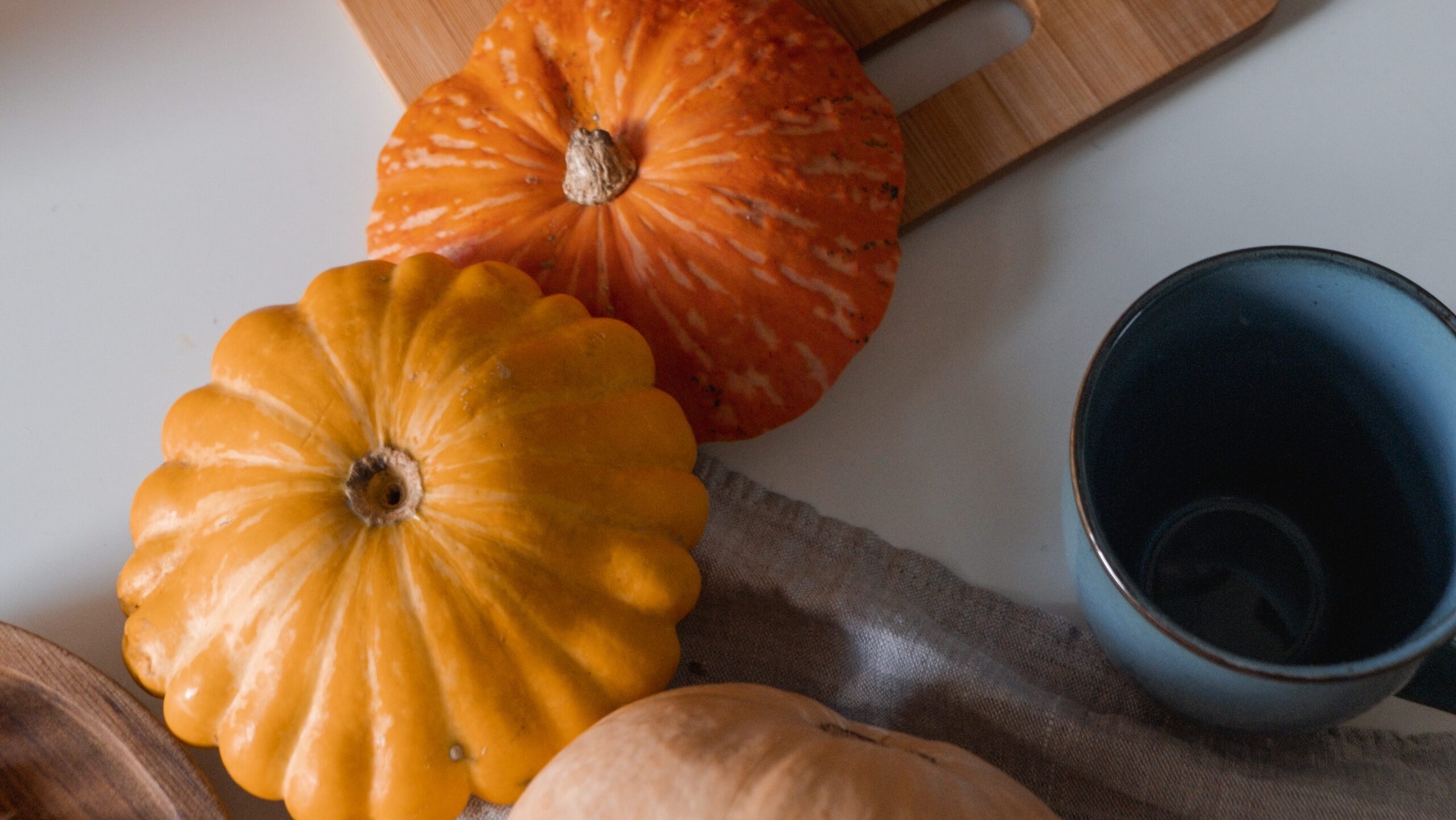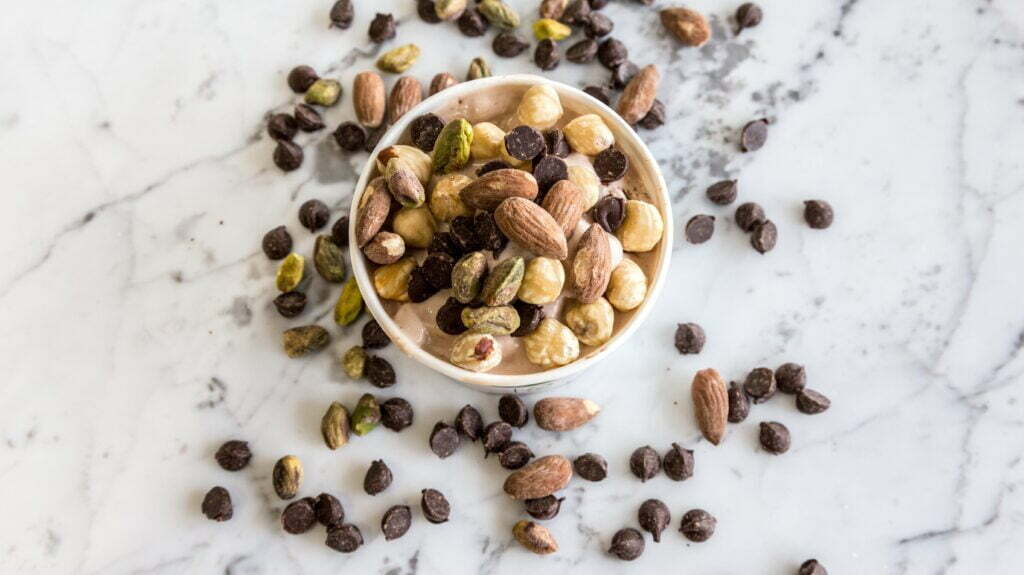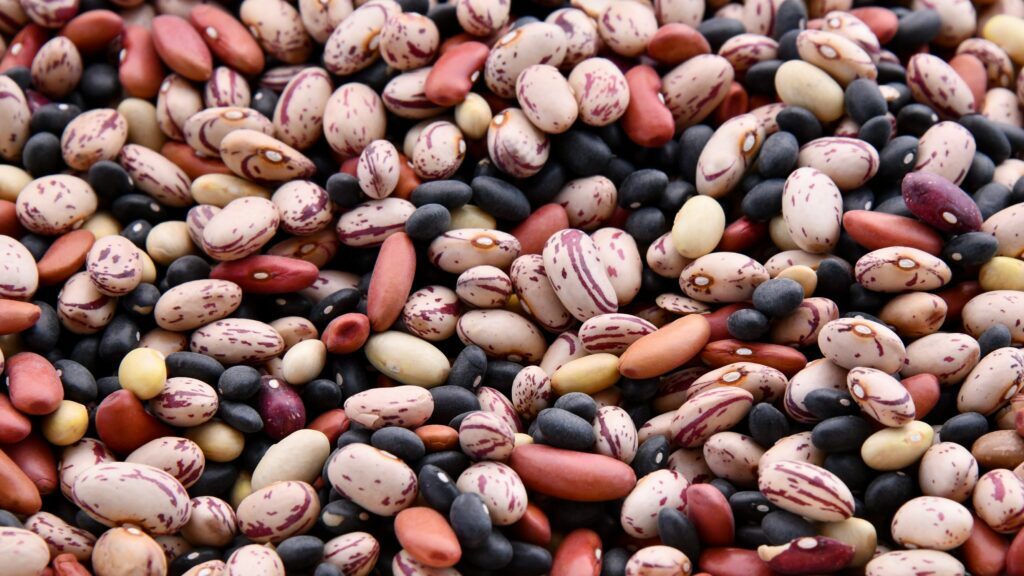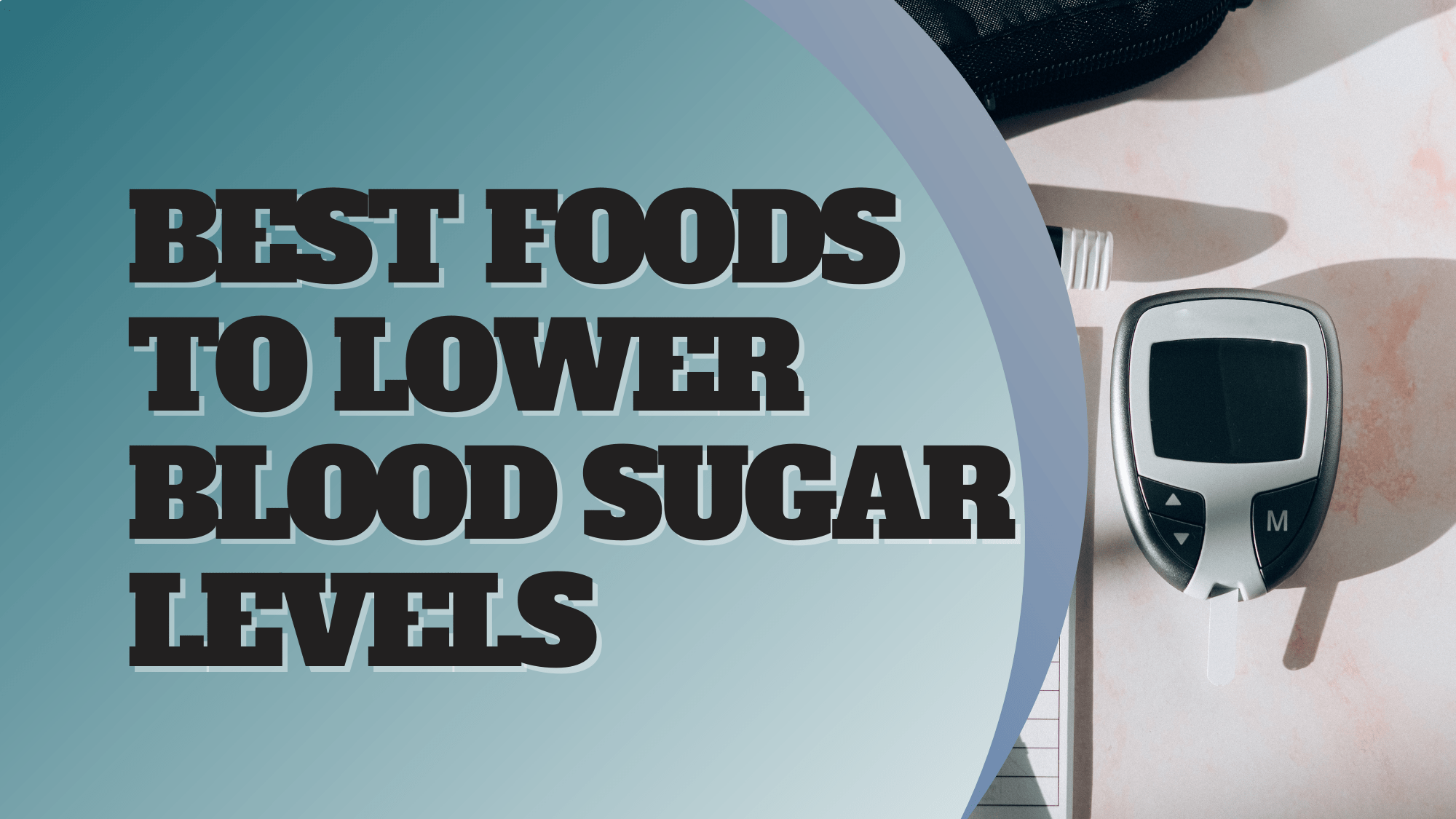This article will share a list of the best foods to lower blood sugar levels because when you have diabetes you need to make the right food choice.
When you have diabetes it may be very difficult to manage your diet and control your blood sugar levels. Certain foods cause massive spikes while others actually lower blood sugar, but many people go through years of trial and error before they find out what works for them. Luckily, thanks to years of scientific findings, we’ve been able to determine what foods are better than others. In this article, we’ll discuss the 10 best foods to control diabetes and lower blood sugar.
To get the most out of your food, consider diabetic meal planning. Planning and preparing meals ahead of time will reduce the likelihood of snacking or unhealthy eating and will help you save time and energy throughout the week.
So here goes the list of 10 best foods to lower blood sugar levels:
- Fatty Fish

Regardless of if you have diabetes or not, fatty fish should be part of your diet. It’s one of the healthiest foods that you can eat and has a myriad of benefits. Fatty fish like salmon and anchovies give you a significant serving of the omega-3 fatty acids, DHA and EPA, which can help protect your heart against potential complications from diabetes. DHA and EPA both protect your blood vessels, reduce inflammation, and improve the function of your arteries after consumption. Since your risk of heart disease and stroke is almost doubled if you have diabetes, incorporating fatty fish into your diet can reduce your chances of serious complications. Plus, fatty fish is an excellent source of protein that will help you feel full and manage your weight with ease.
2. Non-Starchy Vegetables

Non-starchy vegetables are one of the best foods you can eat as a diabetic. Not only will they fill you up, but they’re full of essential vitamins and minerals that help regulate your blood sugar. Since they’re whole food with trace amounts of sugar and high levels of fiber, you can eat as many non-starchy vegetables as you want without having to worry about high blood sugar spikes. To get the most out of your non-starchy vegetables, choose fresh, canned, or frozen vegetables that have no added salt or sauce. Some examples of non-starchy vegetables include the following:
- Artichokes
- Asparagus
- Avocados
- Broccoli
- Cabbage
- Cauliflower
- Celery
- Cucumbers
- Green Beans
- Hearts of Palm
- Mushrooms
- Olives
- Onions
- Squashes
- Tomatoes
- Zucchini
- And more!
3. Pumpkin and Pumpkin Seeds

Brightly colored and packed with fiber and antioxidants, pumpkin is a great choice for blood sugar regulation. In fact, pumpkin is used as a traditional diabetic remedy in many countries like Mexico and Iran.
Pumpkin is high in carbs called polysaccharides, which have been studied for their blood-sugar-regulating potential. Treatments with pumpkin extracts and powders have been shown to significantly decrease blood sugar levels in both human and animal studies.
However, more research is needed to determine how the whole pumpkin, such as when it’s eaten roasted or steamed, may benefit blood sugar.
Pumpkin seeds are packed with healthy fats and proteins, making them an excellent choice for blood sugar control as well.
A 2018 study on 40 people found that consuming 2 ounces (65 grams) of pumpkin seeds reduced post-meal blood sugar by up to 35%, compared with a control group.
Also, check out Fiber Rich Foods to Lose Weight>>>
4. Nuts and nut butter

Research has shown that eating nuts may be an effective way to help regulate blood sugar levels.
A study of 25 people with type 2 diabetes demonstrated that consuming both peanuts and almonds throughout the day as part of a low-carb diet reduced both fasting and post-meal blood sugar levels.
Also, a review found diets emphasizing tree nuts at an average daily intake of 2 ounces (56 grams) significantly reduced fasting blood sugar and hemoglobin A1c (HbA1c), a marker of long-term blood sugar control, compared with a control diet, in people with type 2 diabetes.
Also, check out the best foods for high blood pressure>>>
5. Flax seeds

Flax seeds are rich in fiber and healthy fats and are well known for their health benefits. Specifically, flax seeds may help reduce blood sugar levels.
In an 8-week study in 57 people with type 2 diabetes, those who consumed 7 ounces (200 grams) of 2.5% fat yogurt containing 1 ounce (30 grams) of flax seeds per day experienced significant reductions in HbA1c, compared with those who consumed plain yogurt
What’s more, a review of 25 controlled studies found that eating whole flax seeds led to significant improvements in blood sugar control.
6. Beans and lentils

Beans and lentils are rich in nutrients, such as magnesium, fiber, and protein, that can help lower blood sugar. They’re particularly high in soluble fiber and resistant starch, which help slow digestion and may improve blood sugar response after meals.
For example, a study of 12 women demonstrated that adding black beans or chickpeas to a rice meal significantly reduced post-meal blood sugar levels, compared with eating rice alone.
Many other studies have shown that eating beans and lentils can not only benefit blood sugar regulation but also possibly help protect against the development of diabetes.
Also, check out high cholesterol foods to avoid>>>
7. Turmeric

This golden spice contains curcumin, a substance that may keep your pancreas healthy and prevent prediabetes from turning into Type 2 diabetes. How well does it work? When researchers gave participants, who had prediabetes 1500 mg of a curcumin supplement daily or a placebo for nine months, 16 percent of people in the placebo group went on to become diabetic, while the entire curcumin group remained diabetic-free. This study provides some insight into how an ancient spice like turmeric can help improve how the body can improve its sensitivity to insulin.
Try it: Curry powder is filled with turmeric. Sprinkle some into your next veggie stir-fry for a curcumin kick or talk to a health care professional about using a supplement.
8. Natural Fats

Extra-virgin olive oil has always been known to have a myriad of health benefits. It is one of the most effective oils for reducing the risk of heart disease and contains a number of antioxidants that help to reduce inflammation, protect your cells, and decrease blood pressure. Choose pure extra-virgin olive oil to get all of the health benefits and sprinkle it on salads, use it in a marinade, or cook meats and vegetables with it.
Other natural fats that are helpful in controlling diabetes include coconut oil, avocado oil, any type of nut oil, lard, tallow, chicken fat, duck fat, coconut milk, and unsweetened coconut cream.
9. Apple Cider Vinegar

Apple cider vinegar is popular amongst health food fanatics for a good reason. The fermented acetic acid helps to improve insulin sensitivity, lower fasting blood sugar levels, and reduce blood sugar response by as much as 20% when paired with meals that are rich in carbs. Due to the high acidity of apple cider vinegar, it’s best taken by a tablespoon mixed with water to avoid damaging your teeth and esophagus. Start slowly, with about one teaspoon, and work your way up based on how you feel.
10. Chia Seeds

You might have heard that losing or managing weight is one of the best things you can do to improve your blood sugar. Chia seeds can help with that. In one study, people with diabetes who added about an ounce of chia seeds per 1,000 calories per day to a calorie-controlled diet for six months shed four pounds and trimmed an inch-and-a-half from their waistlines. Aside from being packed with fiber, these gems also contain protein and provide 18 percent of your recommended daily intake of calcium.
Try it! Combine a quarter-cup of chia seeds with one cup of one-percent or nonfat milk and one-half cup of diced fruit. Refrigerate overnight and enjoy breakfast the next morning.
Conclusion
There are multiple ways to naturally manage your blood sugar levels.
Many of them include making lifestyle changes, like managing your weight, stress levels, and sleep quality, exercising, and staying hydrated. That said, some of the biggest improvements have to do with your dietary choices.
Be sure to talk with your healthcare professional before making lifestyle changes or trying new supplements— especially if you have problems with blood sugar management or are taking medications.
And if you are looking for a supplement that can help you with your Type-2 Diabetes. Then you should check out our review of this supplement which helps you fight diabetes by working on Beta cell regeneration. The link to the review is in the description below. Click here to check it out.

